Image annotation services
Comprehensive Image Annotation Solutions
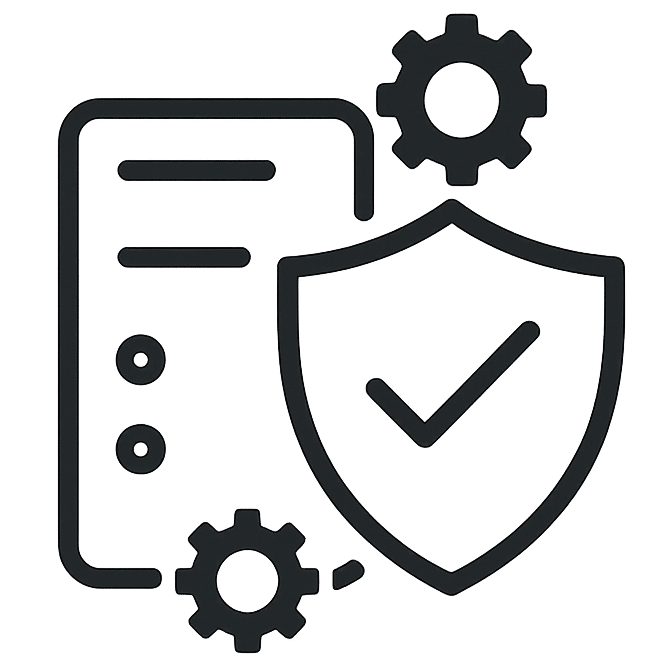
Managed Enterprise Services
Our managed service approach combines project consulting, technical setup, and end-to-end execution with dedicated project management for every client engagement. Our enterprise team handles all aspects of project delivery.
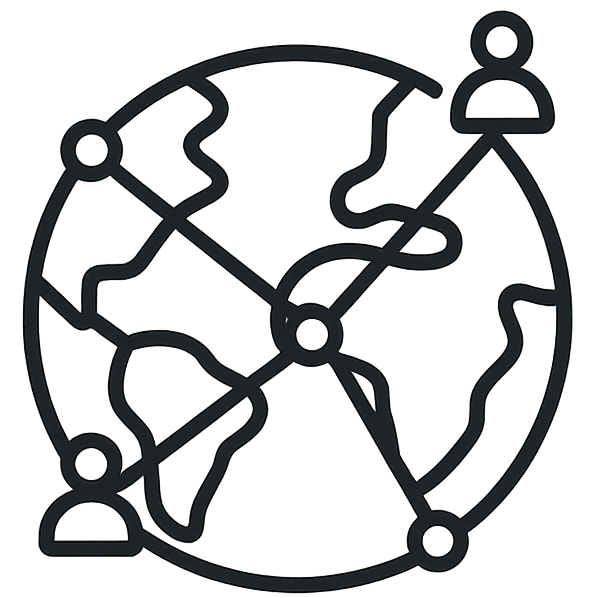
Global Expert Network
Along with our subsidiary company clickworker, LXT leverages a global network of over 7 million qualified contributors and domain experts spanning 150+ countries and 1,000+ language locales.

Quality Assurance Framework
Every image annotation project includes multi-tier quality validation through our verified results process. All annotations undergo systematic review by qualified specialists before delivery, optionally in one of our five secure global facilities.
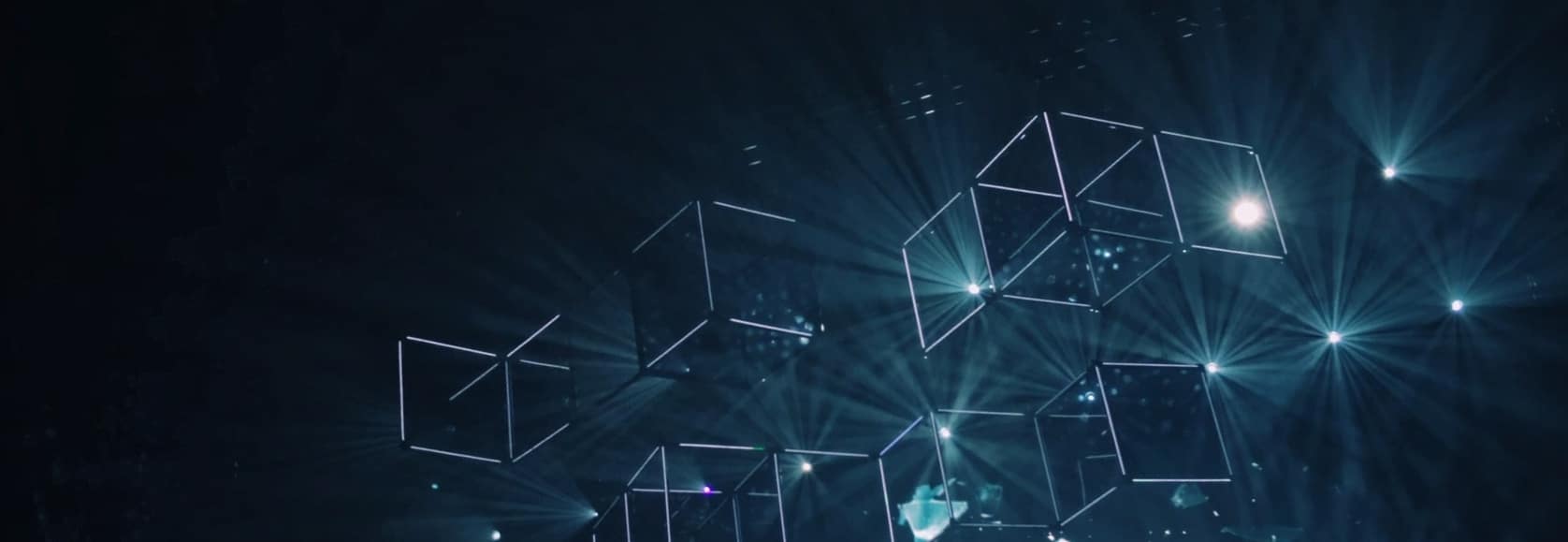
LXT for image annotation
With LXT, you can quickly build a reliable data pipeline to power your computer vision solutions and focus your time on building the technologies of the future. The combination of our annotation platform, managed crowd, and quality methodologies deliver the high-quality data you need to build more accurate AI solutions and accelerate your time to market. Every client engagement is customized to fit the needs of your specific use case.
Our image annotation services include:

Bounding boxes
This is the most commonly used type of annotation for computer vision and involves using rectangular boxes to define target objects.

Keypoint annotation

Object detection

Image classification

Polygon annotation

Semantic segmentation
Related services:

Image transcription
This task involves identifying and extracting text data from images to train computer vision solutions including Optical Character Recognition (OCR) systems.

Image captioning
Assigning a natural language description to images allows insights to be extracted that can help improve a variety of applications, from search results to captioning tools for video, and more.
Image evaluation

Secure image annotation services
For highly sensitive image annotation projects, we offer supervised annotation within secure facilities, ensuring your proprietary visual data remains protected in controlled environments throughout the annotation process.
Our enterprise security framework specifically addresses the unique challenges of image data processing. ISO 27001 certified facilities and PCI DSS compliance provide the foundation for secure visual content workflows with comprehensive data protection controls.
Top Industry Uses of Image Annotation
Image annotation services are utilized across numerous industries to enhance various processes and applications. Here are some key industries that significantly benefit from image annotation:
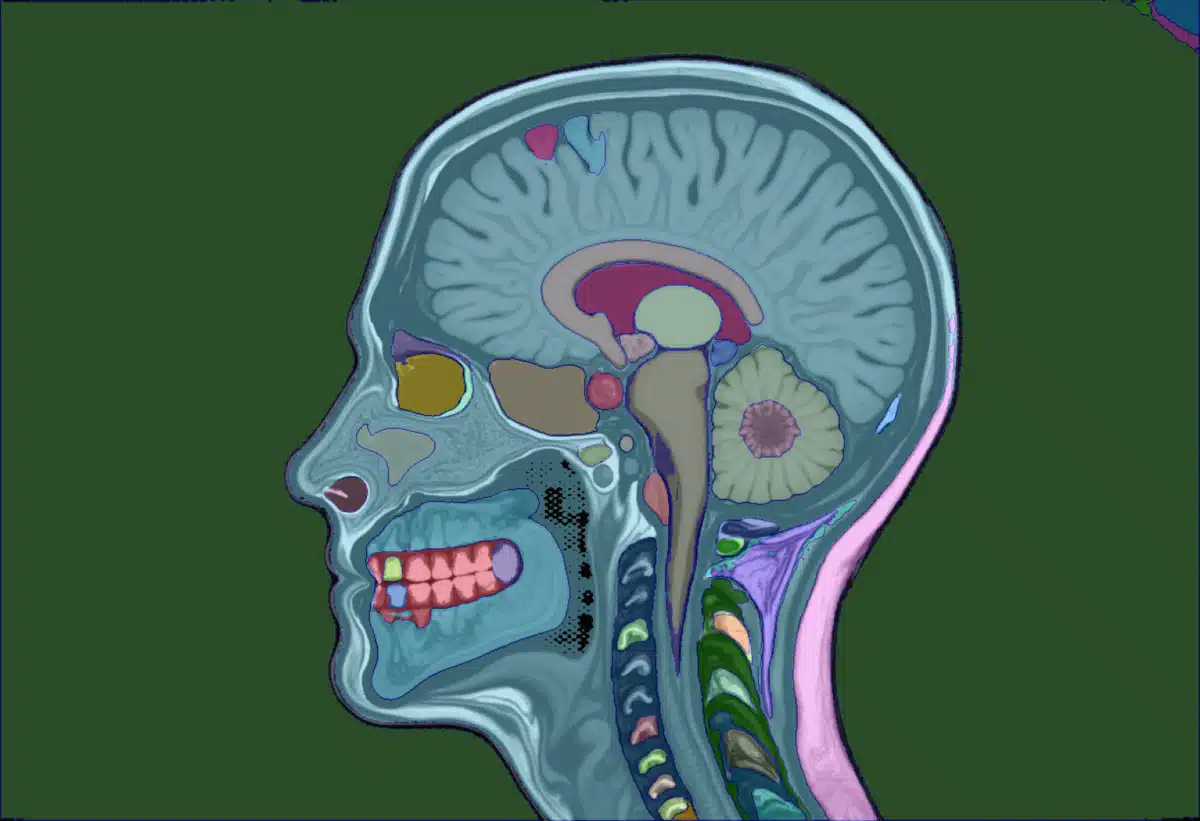
Medical
- Analyzing medical imaging (X-rays, CT scans, MRIs)
- Detecting tumors, fractures, and other abnormalities
- Improving diagnostic accuracy and treatment planning
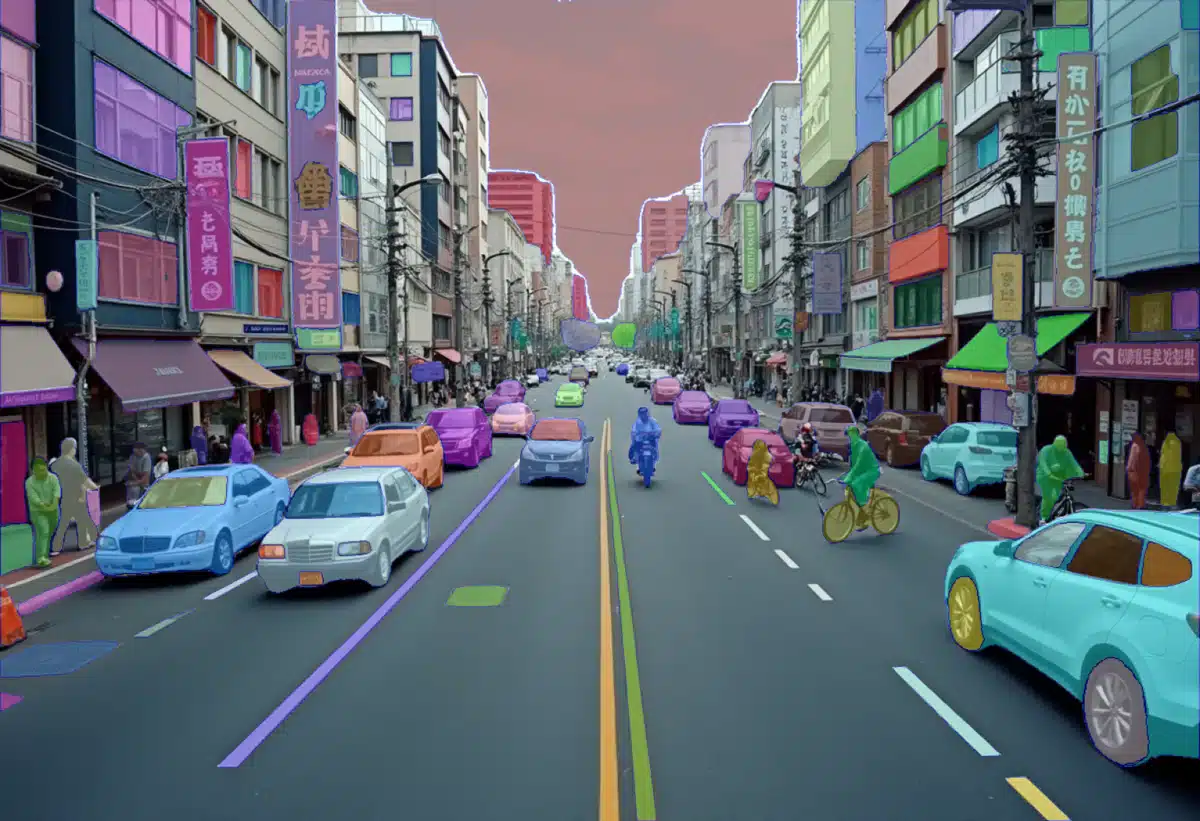
Automotive
- Developing autonomous vehicles
- Training self-driving car algorithms
- Enhancing advanced driver assistance systems (ADAS)
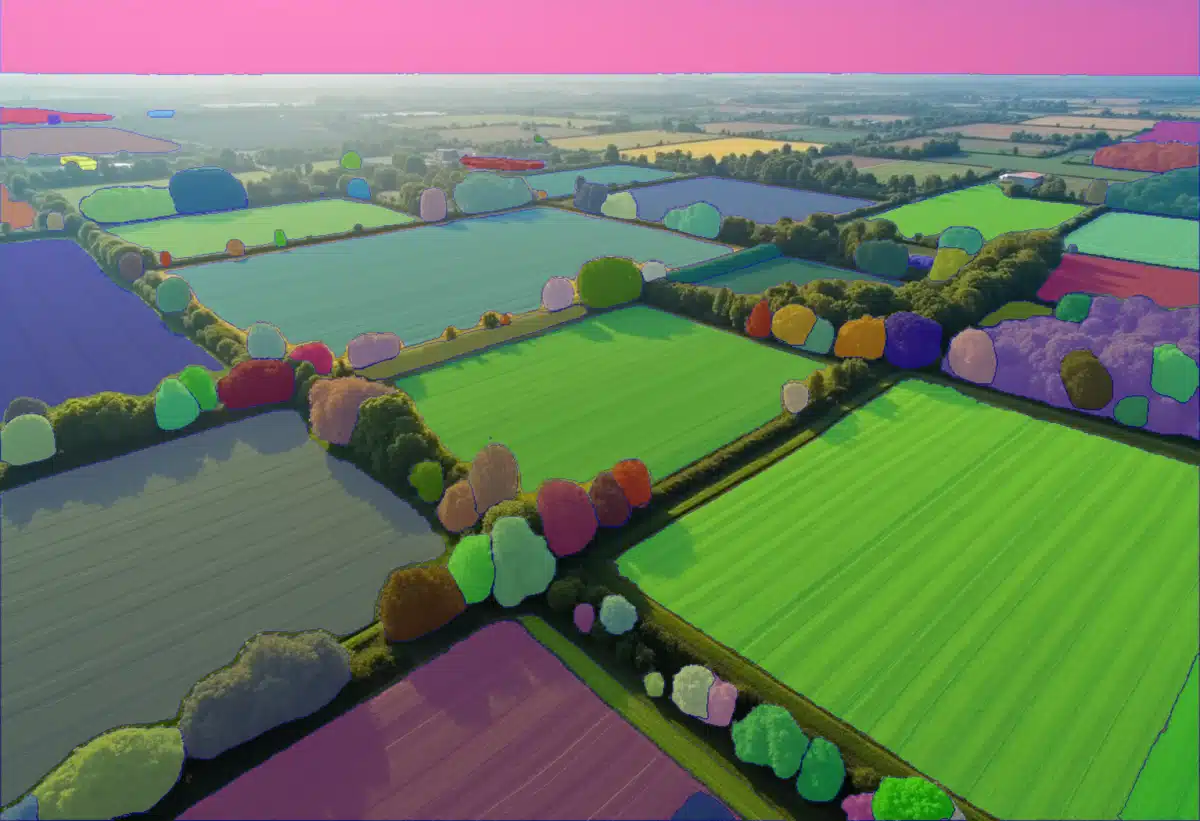
Agriculture
- Crop health monitoring
- Yield prediction
- Pest and disease detection

Retail and E-commerce
- Improving visual search capabilities
- Enhancing product categorization
- Optimizing inventory management

Security and Surveillance
- Facial recognition systems
- Crowd monitoring and analysis
- Intruder detection and tracking

Manufacturing
- Quality control and defect detection
- Automated visual inspection
- Assembly line optimization

Enterprise image annotation
High-quality training data drives Al success, and image annotation, the process of creating precise metadata labels for visual datasets, forms the foundation that computer vision models depend on to identify images and extract the information needed to make accurate predictions.
Professional image annotation services play a critical role in computer vision, the area of artificial intelligence that trains computers to interpret and understand the visual world. By using expertly annotated or labeled images to train machine learning models, Al systems can accurately identify and classify objects and then respond to what they "see" with enterprise-grade precision.

